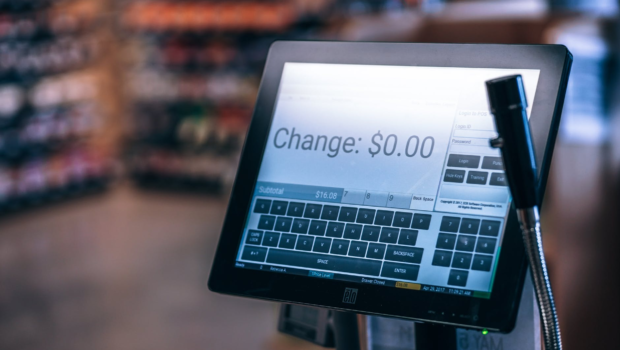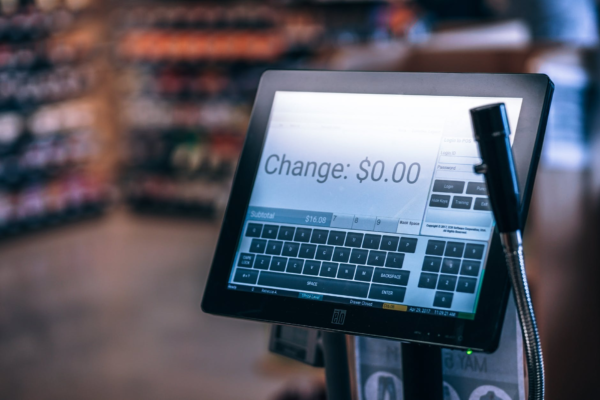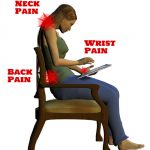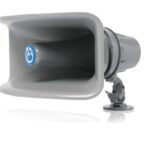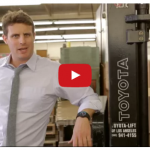From Cash Registers To The Cloud – The Evolution Of POS Systems
The point of sale (POS), also known as the point of purchase (POP), is a very common term associated with retail businesses. It may feel like a complex thing, but all of us have come across a POS system multiple times. If you don’t think so, then well, when was the last time you bought something from a store? Or a supermarket? The time and place of the checkout is the POS in this scenario.
Specifically, POS is the exact time and place where any retail transaction is completed. The amount owed by the customer to the retailer for a product or service is calculated and presented to the customer, sometimes in the form of an invoice. After this, the retailer also gives the customer different options on how to make the payment. The customer making the payment is also an aspect of the POS. Once the payment has been made, the retailer issues a receipt.
Like all aspects of retail businesses, POS systems have evolved over time. For example, retailers who predominantly relied on written or printed receipts earlier, are now rapidly switching to digital mediums. All this begs the question – how far has the POS system come? Here we look at the breakdown.
Modern and digitized POS system
From the bottom to the top
Throughout the 20th century, Electric Cash Registers were all the rage! ECRs were run on proprietary software and had huge limitations- both in terms of functionality and communication. Ease of usage was still very far away. In the 1970s, IBM saw the opportunity and took it. It released the IBM 3650 and 3660 retail store systems.
This was followed by the microprocessor controlled cash register made for McDonalds that really changed the game. For the first time, there was a cash register that could list down a customers’ order, take multiple orders, and display the total including the sales tax for any location in the USA. This was the first time that the money could be stored inside the cash register.
Employees no longer needed to memorize price points- as long as the product had a price tag, any employee could record a purchase.
The 1970s rolled around and the technology on cash registers got more and more innovative. Touch screen displays and credit card payment terminals were added.
How Barcodes changed the game
It was in the 1980s, that barcodes were first put in place. POS systems became even more efficient in their functioning. There was no need for paper tags, or a worry that they would fall off. This also allowed retailers to input prices once, and make them available on multiple systems. This was also an advancement towards managing store inventories better. It paved the way for a new generation of PC based POS systems.
Mobile Point of Sale Systems to Cloud POS
As computer technology became widespread and available to everyone, it pervaded the telecommunication industry and quickly managed to put a super-computer powered device in everyone’s pockets. Retailers too made the shift with cash registers being replaced with tablets and mobile devices. The mobile devices revolutionized the retail industry and made store inventory management, customer management, and reporting convenient and easy for both customers and retailers.
But perhaps the most notable change brought about by mobile devices is that they allowed cashiers to start moving about. There are self-checkout counters, which give more control to customers and add to their shopping experience.
But of course, the pinnacle of the POS Systems culminates at the cloud.
Cloud POS
Cloud computing is simple enough to understand, and allows for POS systems to be packaged as service software. These can be used directly through the internet on any web browser. What sets cloud POS systems apart is that they aren’t dependent on any one particular platform or operating system.
What makes it easier to use is that it can be incorporated into any existing software system. For example, cloud POS can be tailored to read barcodes with a camera and NFC technology or have built in card reading software. They can also be expanded to mobile devices of any kind.
Cloud POS services should be compatible with a wide range of software systems. There are many popular Cloud based POS service providers in the market. Shopify also offers affordable Cloud POS systems that are both easy to use and packed with features. A POS system is the most vital part of a retail enterprise, so ensure to do your research before you select the right POS system for your business.

